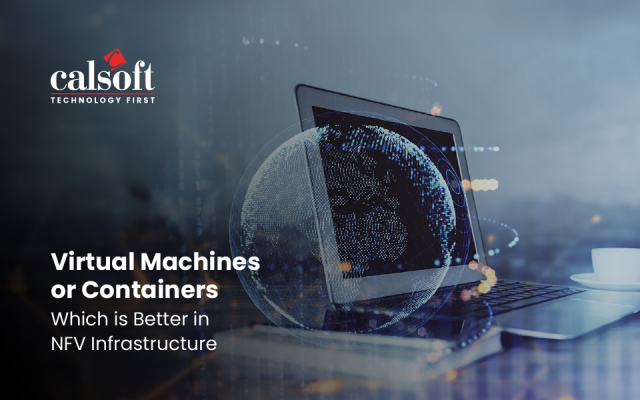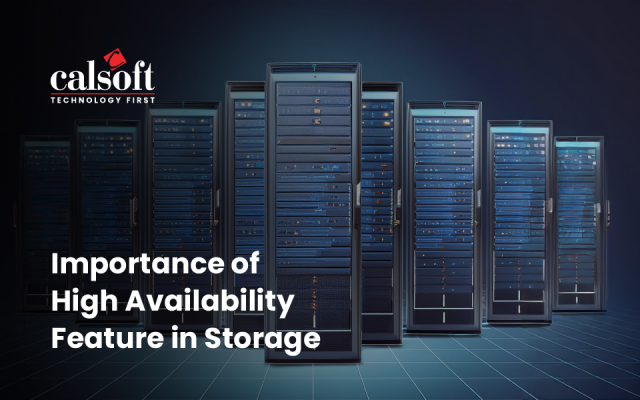VMware SRM is a disaster recovery management solution. The solution automates operations such as disaster recovery testing, failover, Re-Protect, and Failback between two sites.
Typically, the Site Recovery Manager has a huge support matrix, which includes various flavors of SRM Servers like Windows-based SRM and Photon-Based Linux appliance, various versions of vCenters and ESXi.
Storage Replication Adapter (SRA) is a software module developed by Storage vendors according to specifications defined by VMware. The SRA is installed on the VMware Site Recovery Manager (SRM) server as a plugin that enables the SRM to perform “Array-Based Replication” (ABR) using the replication method.

The Disaster Recovery (DR) solution consists of two sites: Protected Site and Recovery Site. The Protected Site is usually the Production Site and the Recovery Site is also known as DR Site.
Each site has a VMware vCenter and SRM server that manage the site pairing and site recovery operations. The vCenter servers in the Protected and Recovery Sites also manage the VMs inside the Protected Datacenter and Recovery Datacenter, respectively.
Setup Deployment and Configuration:
- Deploy and Configure SRM Servers: After deploying the SRM, configure the appliance, and then connect to the vCenter server to protect Virtual Machines (VMs).
- Create Site Pair between SRM servers
- Configure Placeholder Datastore, Storage Policy Mappings, Resource Mappings, Folder Mappings, and Network Mappings
- Load your SRA on each Site Recovery Manager Server and Re-Scan the adapter from Storage Replication Adapter tab
- Enable replication between your Source and Target Arrays
- Create a new vSphere Datastore at Protected Site
- Migrate or create new VMs to the new Datastore
- Create the SRM Array Manager with your SRA
- Enable Array Pair and Perform Discover Devices
- Create the SRM Protection Group
- Create a Recovery plan including the new Protection group
- Run Test Failover Start (Test), Test Failover Stop (Clean-up), Failover, Re-protect, and Failback operations.
The typical testing challenges are:
- SRA installer testing on the latest available versions of the SRM servers
- Adapter compatibility with various supported browsers
- Stability of Storage vendors’ REST APIs
- Known issues of the Site Recovery Manager
- One of the issues I would run into quite often working with SRAs was complexity. As the environment grew, it took a lot of efforts to make sure the SRM test/recovery didn’t break.
Once the Adapter is tested, vendors need get the adapter certified from VMware
In general, third-party SRA is an integral a part of the VMware SRM DR solution where array-based replication is employed. And VMware has established rigid SRA certification for SRM programs to certify partners’ SRAs. Most of the goals of the certification are:
- To validate the compatibility of a partner’s SRA with a selected version of SRM and a particular storage platform and replication method
- To confirm that, the SRA should be in compliance with the VMware-defined SRA specification
After successful certification, the SRA is listed on the VMware Compatibility Guide.






